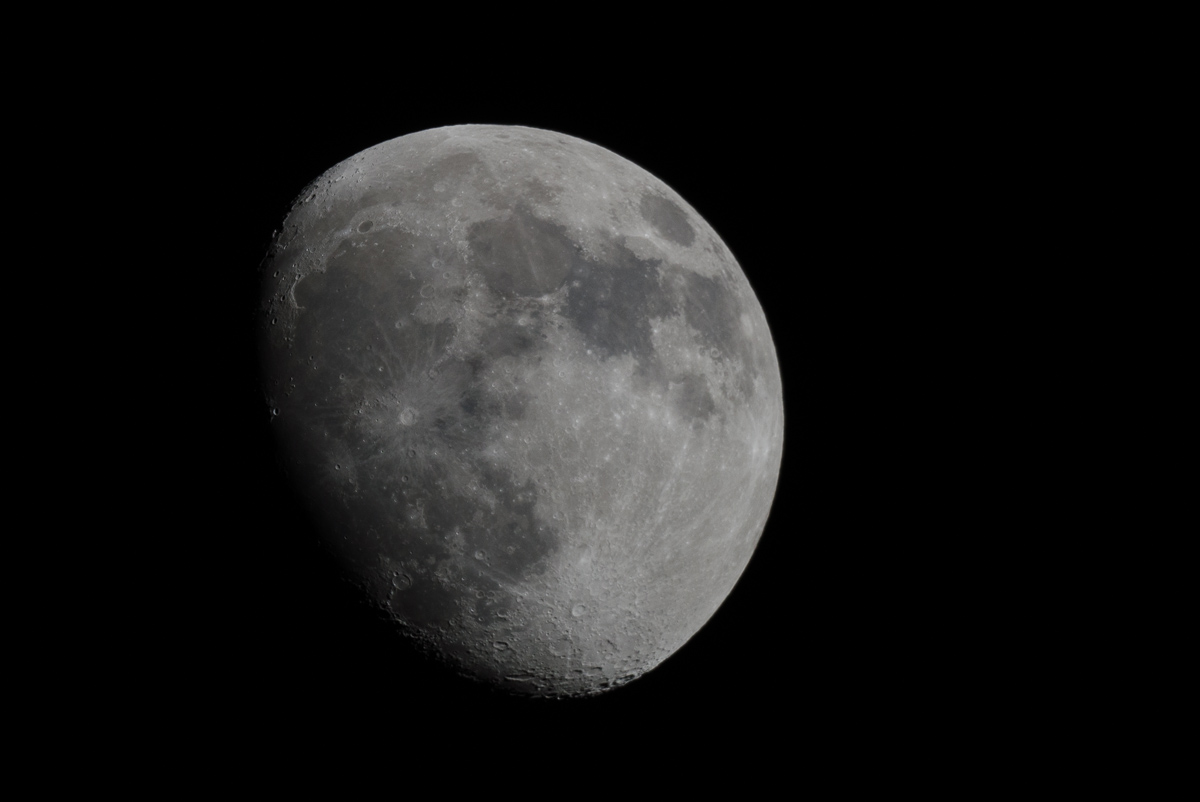- Messages
- 11,756
- Name
- David
- Edit My Images
- No
RE your first question = I mean the settings that give good results, not the ones suggested by the camera
RE your second = I think that 2,288mph is hardly sloth like ;-) and personally I wouldn't shoot it using a very small aperture & a slower shutter. YMMV.
I agree with your end statement, but I didn't say anything about exposing differently for a waxing/waning moon, just that a half lit moon shot makes for a nicer image
I never said use a small aperture. I do believe, if you re-read my last post, I said an aperture that makes the best of the lens. We've been discussing the "sunny 16" rule, yes, but that doesn't mean you have to shoot at f16... you can use a reciprocal shutter/aperture combo to attain the same EV.
It may be doing a few thousand miles per hour, but it's also quarter of a million miles away. Something going past you at 10mph directly in front you will require a very fast shutter speed. Something going past you at 10mph when it's 500 yards away will not. While it varies with magnification, on average, I;d say it takes around 30 to 40 seconds for the moon to traverse the frame... maybe 10 with a very long lens or a scope. That does NOT require a very fast shutter speed to freeze it. The most useful thing with a fast speed is the reduction in camera shake, that even a camera on a pod will suffer from at very high magnifications.
I assumed you did mean the aesthetics were what makes a half moon more interesting, yes... I did acknowledge that, but felt it was worth clarifying for the benefit of others, that a half moon, or quarter moon, would require the same exposure as a full moon in the same conditions.
Last edited:


